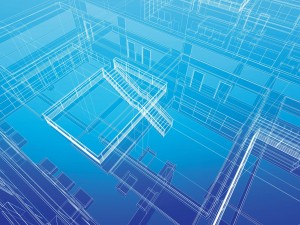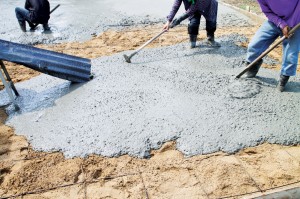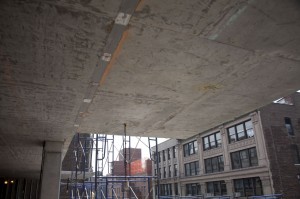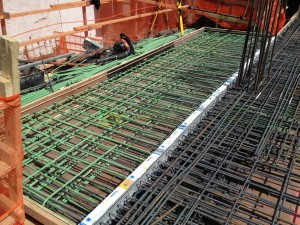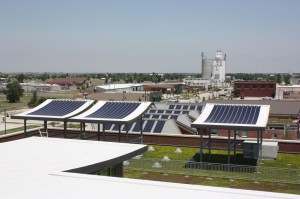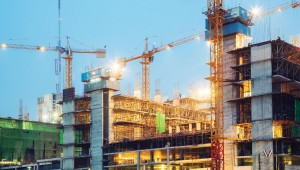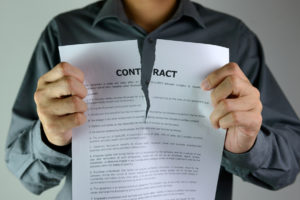Building Information Modeling (BIM) software is helping architects and specifiers streamline their product selection process by providing detailed 3D models of specific products and allowing them to track the product through the construction process.
+ Read More
|
Interior concrete should not crack or curl excessively requiring grinding before the flooring can be installed; exterior concrete should not crack or deteriorate prematurely from freeze-thaw cycles. Some argue concrete will always crack, and nothing can be done about it.
+ Read More
|
A few blocks from the High Line, the restored elevated railway bed that now sports pedestrian walkways amid a landscape of greenery, New York City’s Chelsea Green is a 14-story luxury condominium from Alfa Development.
+ Read More
|
This article examines how a building’s energy performance can be enhanced with structural thermal breaks for balcony connection. New engineered solutions can assist mid- and high-rise building project teams in complying with continuous insulation (ci) code requirements.
+ Read More
|
Commercial low-slope rooftops are an attractive platform for the installation of solar photovoltaic (PV) electricity-producing systems. Nevertheless, a roof’s function is, first and foremost, to protect the building’s contents and people from the elements.
+ Read More
|
When properly applied, tests can yield valuable insight into the installed performance of systems, aid investigators in determining the cause of a failure, or help to determine if a product is performing to its intended level.
+ Read More
|
Most construction projects do not end up in contention and acrimony, but when they do, the design professional is often asked to opine on whether the contractor should be terminated.
+ Read More
|
Reinforced concrete flat-plate construction is popular among mid- and high-rise residential construction projects. It provides a great deal of flexibility in the placement of the structure’s vertical load-carrying elements as could potentially be the case with steel or masonry.
+ Read More
|
Documents are usually critical items when parties—including architects, engineers, contractors, and owners—become involved in a dispute. This is true whether the dispute will be litigated, arbitrated, or mediated.
+ Read More
|
Even though some codes include air barrier assembly as a compliance option, the default compliance path for air leakage control tends to be through air barrier materials. For many years, practitioners relied on air barrier materials properties, while the performance of installed air barriers was largely untested.
+ Read More
|
|
|


